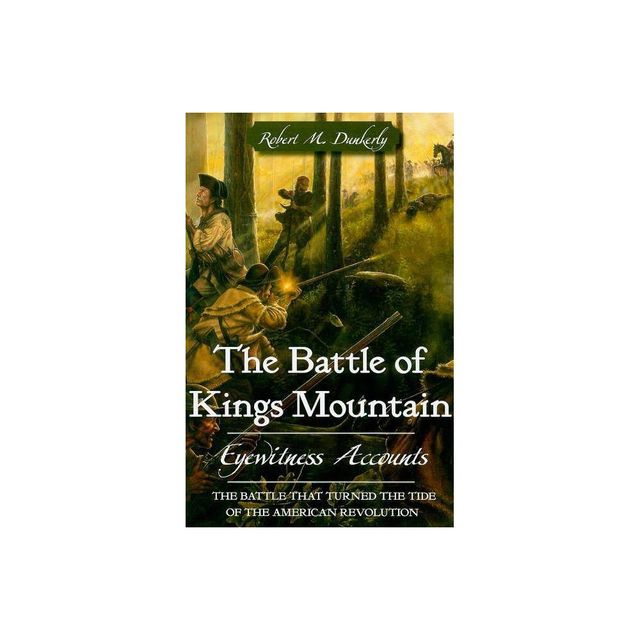Home
When Brothers Fight: Chinese Eyewitness Accounts of the Sino-Soviet Border Battles, 1969
Loading Inventory...
Barnes and Noble
When Brothers Fight: Chinese Eyewitness Accounts of the Sino-Soviet Border Battles, 1969
Current price: $29.95


Barnes and Noble
When Brothers Fight: Chinese Eyewitness Accounts of the Sino-Soviet Border Battles, 1969
Current price: $29.95
Loading Inventory...
Size: Paperback
*Product Information may vary - to confirm product availability, pricing, and additional information please contact Barnes and Noble
This title in the popular Asia@War series is richly illustrated with photographs from the period of the Sino-Soviet confrontation as well as specially commissioned artworks.
In March 1969 the two giants of the Communist world – the People’s Republic of China and the Union of Soviet Socialist Republics – came to blows over the control of a remote and uninhabited island on their mutual border in a conflict that risked barely controlled escalation, and in which the USSR gave consideration to the use of nuclear weapons.
In 2021, Helion & Company published two books by Harold Orenstein and Dmitry Ryabushkin:
The Sino-Soviet Border War of 1969 Volume 1: The Border Conflict that almost Sparked a Nuclear War
and
The Sino-Soviet Border War of 1969 Volume 2: Confrontation at Lake Zhalanashkol August 1969
. These volumes relied largely on the Soviet accounts and presented the Soviet perspective on this confrontation.
When Brothers Fight: Chinese Eyewitness Accounts of the Sino-Soviet Border Battles 1969
aims to fill the gap with accounts from Chinese veterans who took part in these border wars. The authors have selected two of the best-known incidents of the period, the Battle of Zhenbao (Damansky) Island (March–May 1969) and the Tielieketi (Lake Zhalanashkol) Incident (13 August 1969), as the focus for this book.
This is an important episode of the Cold War that deserves greater exposure. This brief war marks a turning point between the two Communist giants and in one way or another, lay the foundation for international politics for the next 50 years. In 1972, China moved towards the US/Western camp by signing the Three Joint Communiqués, normalizing relations between the US and China and establishing a full diplomatic relationship in 1979.
is richly illustrated with photographs and artworks from the period of the Sino-Soviet confrontation as well as specially commissioned artworks.
In March 1969 the two giants of the Communist world – the People’s Republic of China and the Union of Soviet Socialist Republics – came to blows over the control of a remote and uninhabited island on their mutual border in a conflict that risked barely controlled escalation, and in which the USSR gave consideration to the use of nuclear weapons.
In 2021, Helion & Company published two books by Harold Orenstein and Dmitry Ryabushkin:
The Sino-Soviet Border War of 1969 Volume 1: The Border Conflict that almost Sparked a Nuclear War
and
The Sino-Soviet Border War of 1969 Volume 2: Confrontation at Lake Zhalanashkol August 1969
. These volumes relied largely on the Soviet accounts and presented the Soviet perspective on this confrontation.
When Brothers Fight: Chinese Eyewitness Accounts of the Sino-Soviet Border Battles 1969
aims to fill the gap with accounts from Chinese veterans who took part in these border wars. The authors have selected two of the best-known incidents of the period, the Battle of Zhenbao (Damansky) Island (March–May 1969) and the Tielieketi (Lake Zhalanashkol) Incident (13 August 1969), as the focus for this book.
This is an important episode of the Cold War that deserves greater exposure. This brief war marks a turning point between the two Communist giants and in one way or another, lay the foundation for international politics for the next 50 years. In 1972, China moved towards the US/Western camp by signing the Three Joint Communiqués, normalizing relations between the US and China and establishing a full diplomatic relationship in 1979.
is richly illustrated with photographs and artworks from the period of the Sino-Soviet confrontation as well as specially commissioned artworks.


















